Next-generation NASA technologies tested in flight
Thursday, 20 June 2024 17:55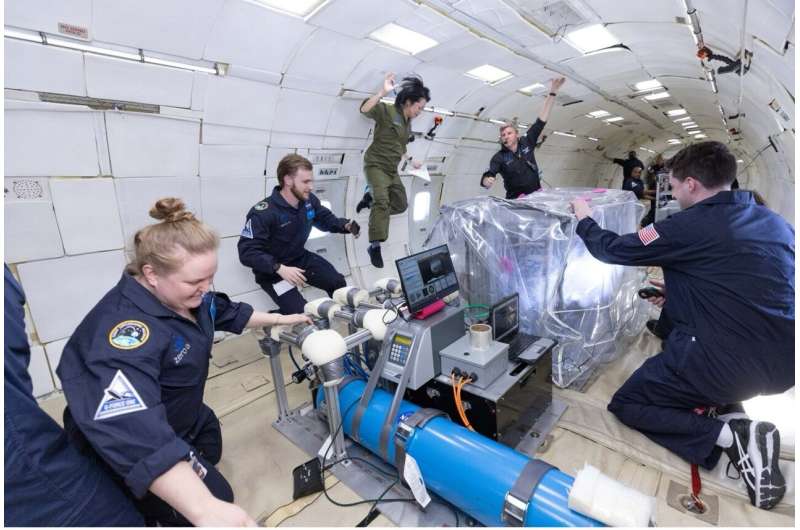
Teams of NASA researchers put their next-generation technologies to the microgravity test in a series of parabolic flights that aim to advance innovations supporting the agency's space exploration goals.
These parabolic flights provide a gateway to weightlessness, allowing research teams to interact with their hardware in reduced gravity conditions for intervals of approximately 22 seconds. The flights, which ran from February to April, took place aboard Zero Gravity Corporation's G-FORCE ONE aircraft and helped to advance several promising space technologies.
Under the Fundamental Regolith Properties, Handling, and Water Capture (FLEET) project, researchers tested an ultrasonic blade technology in a regolith simulant at lunar and Martian gravities. On Earth, vibratory tools reduce the forces between the tool and the soil, which also lowers the reaction forces experienced by the system.
Ursa Space partners with Japan’s NEC to deliver SAR data insights
Thursday, 20 June 2024 16:00

Starlab Space adds Palantir as strategic partner on commercial space station effort
Thursday, 20 June 2024 13:34

Summer solstice 2024
Thursday, 20 June 2024 13:15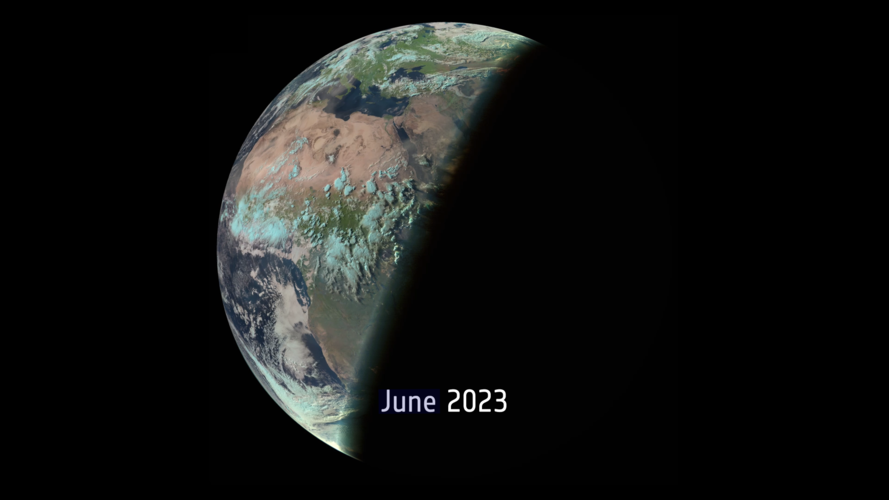 Video:
00:00:10
Video:
00:00:10
Summer officially begins in the Northern Hemisphere today 20 June, marking the longest day of the year. The summer solstice, which is when the Sun reaches the most northerly point in the sky, is set to occur tonight at 21:50 BST/22:50 CEST.
During the summer solstice, the Northern Hemisphere will experience the longest period of sunlight in a day or the longest day of the year. This is because of Earth’s position in orbit around the Sun and the way the North Pole is tilted towards the Sun during the solstice.
The Sun’s rays hit the Northern Hemisphere at their most direct angle, resulting in the
Michelle Parker, Boeing Space Mission Systems – Leading Women in Space
Thursday, 20 June 2024 13:07

Webb snaps first image of aligned jets from newborn stars
Thursday, 20 June 2024 13:00
For the first time, a phenomenon astronomers have long hoped to image directly has been captured by the NASA/ESA/CSA James Webb Space Telescope’s Near-InfraRed Camera (NIRCam). In this stunning image of the Serpens Nebula, the discovery lies in the northern area of this young, nearby star-forming region.
Hypersonic vehicles for Europe’s fast future into space
Thursday, 20 June 2024 10:39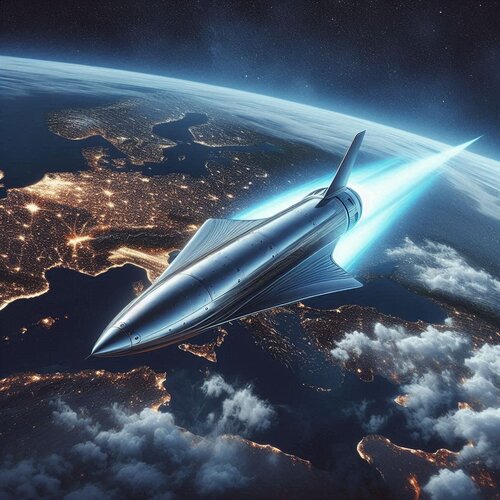
When hypersonic aeronautics and space exploration meet, European engineers dream of a future fast-track return-ticket to space.
ExoTerra raises $8 million to boost propulsion system production
Thursday, 20 June 2024 09:00

LacunaSat-2B successfully completes mission and deorbits sustainably
Thursday, 20 June 2024 08:02
A nanosatellite that supported global connectivity by collecting data from Internet-of-Things (IoT) devices in remote locations, LacunaSat-2B, has successfully completed its three-year mission and deorbited into Earth's atmosphere in late April. During its mission, the satellite demonstrated a commitment to sustainability and provided previously inaccessible data for various sectors, including environmental studies, agriculture and wildlife monitoring.
Too young to be so cool: lessons from three neutron stars
Thursday, 20 June 2024 08:00
ESA’s XMM-Newton and NASA’s Chandra spacecraft have detected three young neutron stars that are unusually cold for their age. By comparing their properties to different neutron star models, scientists conclude that the oddballs’ low temperatures disqualify around 75% of known models. This is a big step towards uncovering the one neutron star ‘equation of state’ that rules them all, with important implications for the fundamental laws of the Universe.
Scientists spot hidden companions of bright stars
Thursday, 20 June 2024 06:00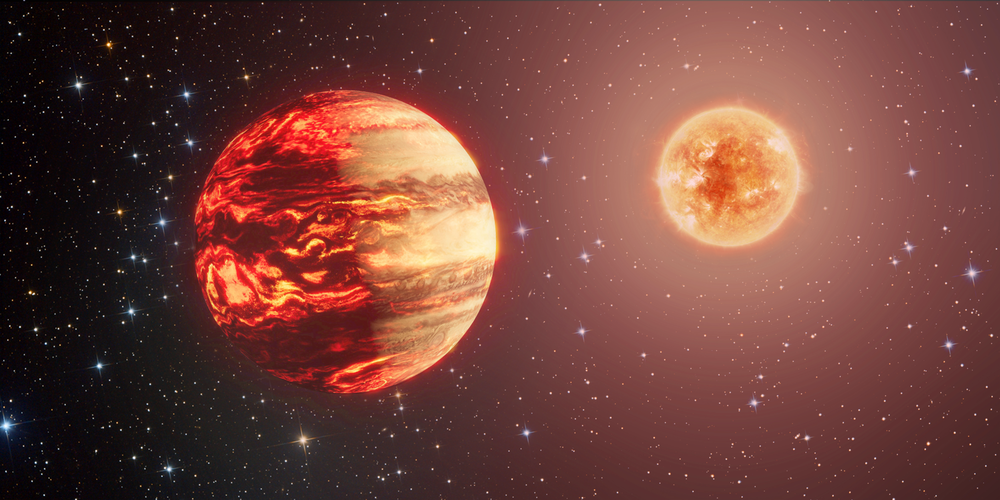
Photographing faint objects close to bright stars is incredibly difficult. Yet, by combining data from ESA's Gaia space telescope with ESO’s GRAVITY instrument on the ground, scientists managed just that. They took the first pictures of so far unseen dim companions of eight luminous stars. The technique unlocks the tantalising possibility to capture images of planets orbiting close to their host stars.
Hubble Telescope now relying on single-gyro 'pointing mode'
Thursday, 20 June 2024 05:51 NASA on Tuesday released a Hubble Space Telescope image captured by using a new pointing mode that uses just one gyroscope. The telescope resumed operations June 14 after a gyro issue took it offline for several weeks.
The new image is of NGC 1546, a nearby Dorado constellation galaxy.
According to NASA scientists, Hubble is expected to be capable of most of it science observatio
NASA on Tuesday released a Hubble Space Telescope image captured by using a new pointing mode that uses just one gyroscope. The telescope resumed operations June 14 after a gyro issue took it offline for several weeks.
The new image is of NGC 1546, a nearby Dorado constellation galaxy.
According to NASA scientists, Hubble is expected to be capable of most of it science observatio Drone racing prepares neural-network AI for space
Wednesday, 19 June 2024 18:13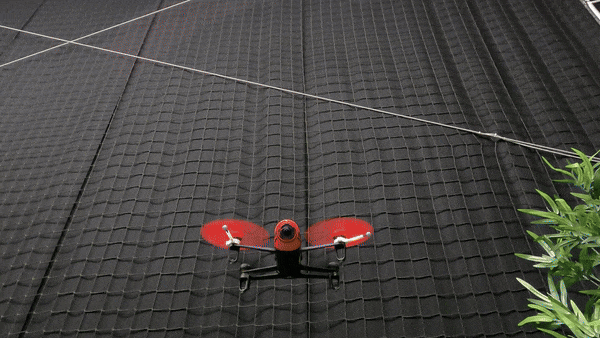
Drones are being raced against the clock at Delft University of Technology’s ‘Cyber Zoo’ to test the performance of neural-network-based AI control systems planned for next-generation space missions.





